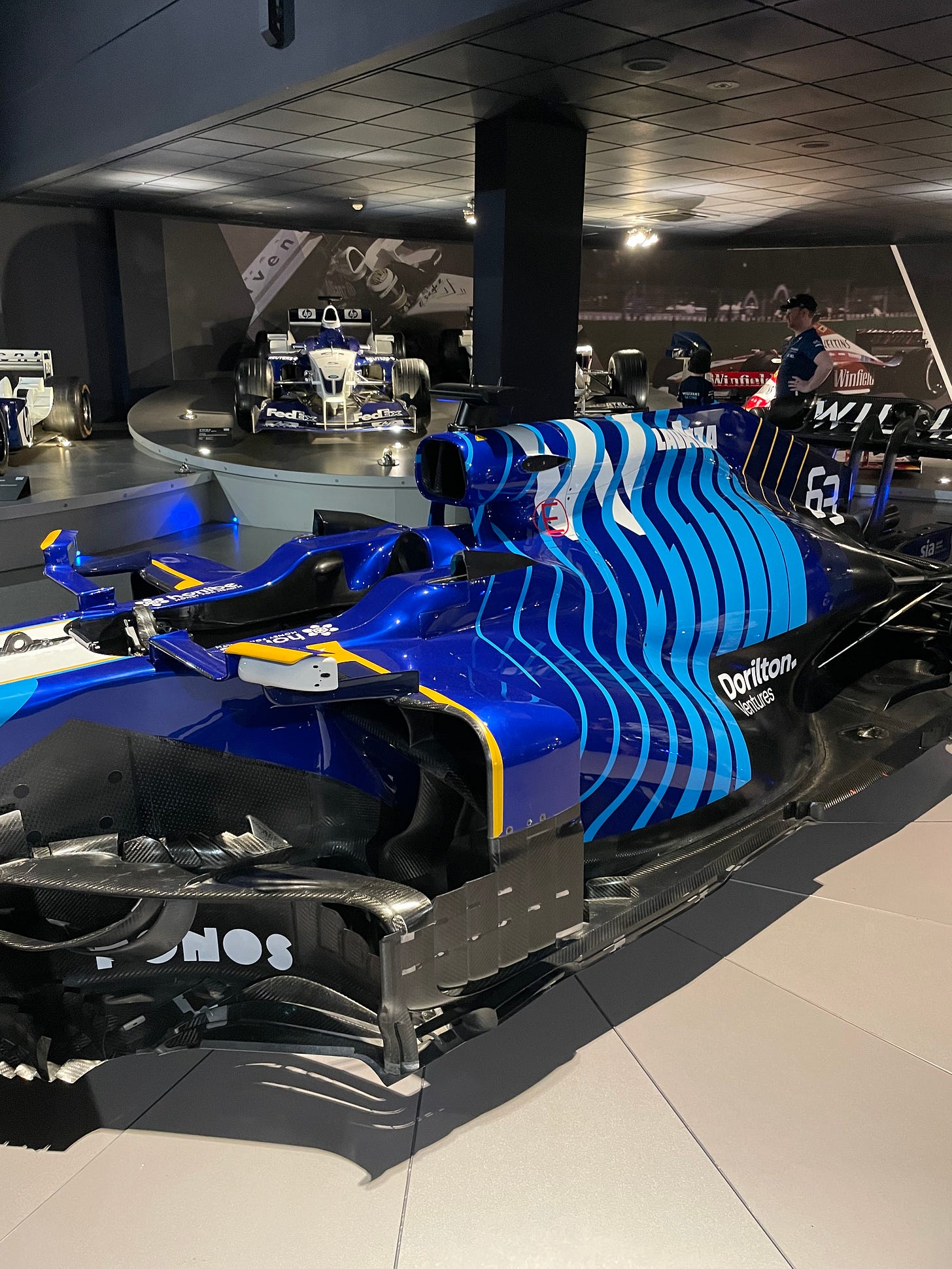Formula 1's Alternative Futures: Simulation, Artificial Intelligence and Virtual Reality Redefining the Sport
Formula 1 has always pushed the limits of speed and performance. Now, simulation technology, AI and VR are driving the sport into uncharted territory.
AI-Powered Strategy: The Rise of Machine Intelligence
Formula 1 is often described as a game of chess played at 200mph, where split-second decisions can mean the difference between victory and defeat. Traditionally, those calls have been made by race engineers and strategists armed with data. But increasingly, artificial intelligence is taking on a more prominent role in shaping these race-day tactics.
Teams already use AI to analyse large numbers of data related to weather conditions, tyre wear, fuel efficiency and even competitor behaviour, in order to predict the best strategies in real time. By running thousands of race simulations before and during a Grand Prix, AI can suggest the most optimal moments for pit stops, tyre changes and overtaking opportunities.
‘AI can run thousands of race simulations, helping you predict competitor strategies, optimise pit stops, and fine-tune tyre management. It’s a vital tool that gives you a competitive edge in race-day decision-making.’ - Ben Hawkins, Head of Performance of Williams Racing Esports
However, racing is unpredictable. No simulation can fully account for a sudden rain shower, an unexpected safety car, or how drivers respond under pressure. James Yexley, Esports Social Media Executive for Williams Racing noted that a limitation of the simulator is that ‘it doesn’t give you the full G-force like you’d normally get in a real-world car.’ Whilst AI provides invaluable data, human instinct still plays a crucial role. As Hawkins puts it, ‘AI provides the data, but racing still requires instinct. Drivers and engineers balance AI-driven insights with experience, adapting strategies in real time based on track conditions and race dynamics.’ The technology is advancing rapidly, but for now, the best teams are those that successfully synthesise AI-driven insights with human knowledge and expertise.
Simulation: The Digital Test Track
Before an F1 car ever hits the tarmac, it has already completed thousands of virtual laps. Simulation technology has become an essential tool for both drivers and engineers, allowing them to refine car setups, test new components and prepare for race weekends without the expense and limitations of physical lap time. Yexley explained that ‘the simulation racing factor of the esports world is sort of emerging into its own market where it's becoming a platform and a pathway into the real world of motorsport.’
Hawkins also went on to say that ‘Simulators are a crucial training tool for real-world drivers as well as sim racers. They allow drivers to learn circuits, refine techniques and test setups before arriving at the track.’
Modern simulators are incredibly sophisticated. Yexley went on to say that ‘from an engineer standpoint, the translation from simulation to real world is practically one to one. The simulations are so accurate, and nowadays the same principles will apply in the real world.’ Advanced physics models ensure that tyre wear, fuel consumption and aerodynamic performance behave just as they would in an actual race. By integrating real-time telemetry data, teams can recreate different weather conditions and track temperatures, making simulations as close to reality as possible.
Beyond car performance, simulators are also being used to enhance driver mental training. Hawkins discussed that ‘Simulators aren’t just about car performance; they’re a mental training ground. We use them with our drivers to sharpen reflexes, improve focus, and build resilience under pressure.’
Looking ahead, simulation technology is expected to become even more immersive, incorporating AI-generated opponents that mimic real-world driver behaviour. This could lead to a new era where simulated races become nearly indistinguishable from actual track sessions.
Virtual Reality: A New Horizon for Drivers and Fans
Whilst AI and simulation are transforming the way teams operate, virtual reality (VR) is poised to redefine the way fans experience Formula 1. VR has the potential to bring fans closer to the action than ever before. For example, future F1 broadcasts could offer fully immersive VR experiences, where viewers can choose to watch from different perspectives such as inside the car, trackside, or even from a drone point of view.
For drivers, VR-enhanced training could further blur the line between virtual and real-world racing. Already, top teams such as Mercedes, Red Bull, Ferrari McLaren and Aston Martin are integrating VR into their simulation programs, allowing drivers to practice race scenarios in a fully immersive digital environment. As VR technology continues to improve, it could become an even more valuable tool for sharpening reaction times and spatial awareness.

The Future: Can Virtual Ever Replace Reality
As AI, simulation and VR become increasingly powerful, one important question looms over Formula 1: Could these technologies ever replace real-world track time?
Hawkins, a Williams F1 Racing representative states that ‘Simulation is essential in my opinion, but real-world track time will always be irreplaceable. Nothing replicates the physical demands of racing, so I’d say the future lies in balance between virtual and on-track preparation.’
Whilst AI can optimise race strategies and simulations can provide near to perfect training environments, nothing can fully replicate the physical and psychological challenges of real racing. The best drivers don’t just rely on data, they rely on instinct, adaptability and raw skill.
Formula 1 is at a turning point, where human skill and technological advancement are merging like never before. But at its core, F1 remains a human endeavour, one that thrives on the fearlessness of drivers, the innovation of engineers and the unpredictability of the racing itself. As technology continues to push the limits, the challenge will be ensuring that Formula 1 retains the essence of what makes it the pinnacle of motorsport.



